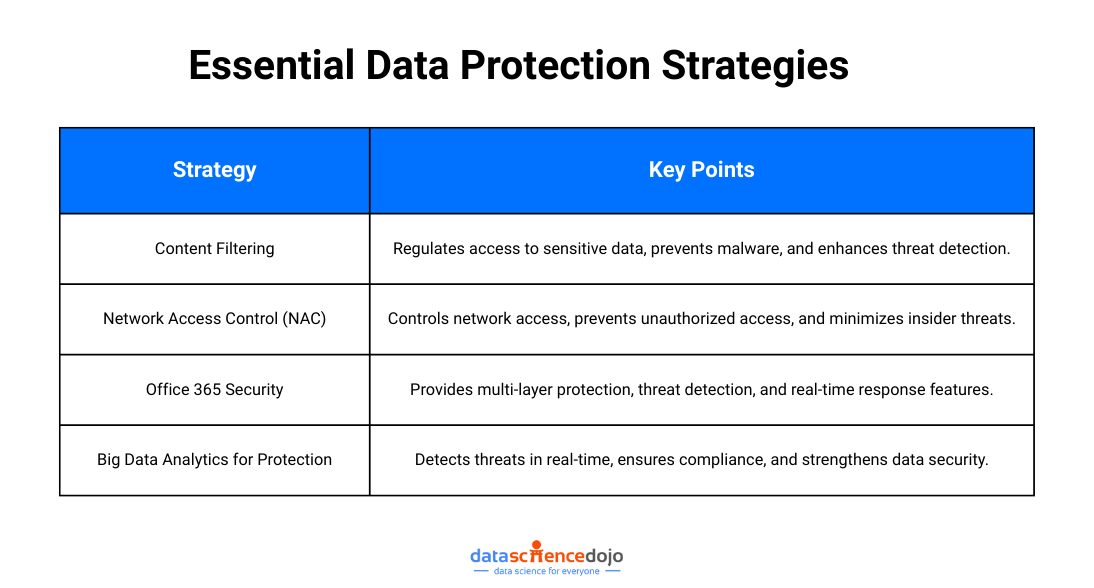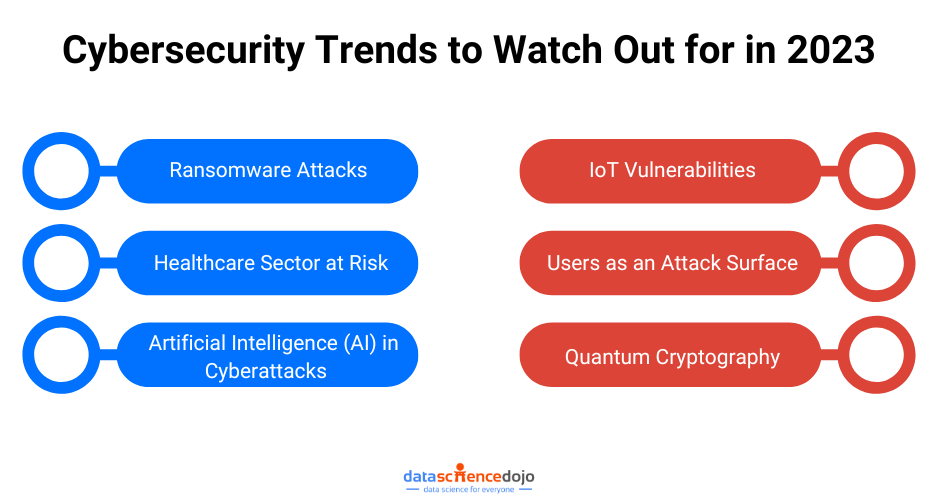The world of cybersecurity is constantly evolving, and with the rise-in-prominence of remote work and online transactions, the demand for cybersecurity professionals is higher than ever.
Fortunately, the internet has made it possible to learn about cybersecurity from anywhere through online courses. In this article, we will outline the benefits of taking a cybersecurity course online and some of the best top-ranked online cybersecurity courses available.
Best online cybersecurity courses
Cybersecurity is a growing field, and with the rise of remote work and online transactions, the demand for cybersecurity professionals has touched an all-time peak. Fortunately, the internet has made it possible to learn about cybersecurity from anywhere through online courses. In this article, let us explore the best cybersecurity courses available online.

1. Advanced Executive Program in Cybersecurity
The Advanced Executive Program in Cybersecurity offered by IIITB in partnership with Simplilearn, is an intensive program designed for cybersecurity professionals looking to advance their careers. The program covers topics such as cybersecurity strategy, risk management, and incident response.
It is taught by industry experts and includes hands-on exercises and projects to apply the knowledge learned in real-world scenarios. The program is self-paced and can easily be completed in 6 months. Upon completion, graduates will receive a certificate from IIITB, which is recognized by industry leaders.
The program is an excellent option for cybersecurity professionals looking to enhance their cybersecurity and ethical hacking skills and advance their careers.
2. Harvard’s Cybersecurity: Managing Risk in the Information Age
This course is offered through edX and is taught by Harvard professors. The course covers topics such as risk management, cryptography, and cybersecurity regulations. The course is self-paced and takes about 6-10 weeks to complete. The course is free, but a certificate of completion can be obtained for a fee.
3. Post Graduate Program in Cyber Security by MIT Schwarzman College of Computing
The Post Graduate Program in Cyber Security offered by the MIT Schwarzman College of Computing in partnership with Simplilearn is an advanced program designed for professionals looking to deepen their knowledge of cybersecurity.
The program covers topics such as network security, cryptography, and cybersecurity risk management. It is taught by industry experts and includes hands-on exercises and projects to apply the knowledge learned in real-world scenarios. The program is self-paced and can be completed in 6 months.
Graduates receive a certificate from the MIT Schwarzman College of Computing, which industry leaders recognize. The program is an excellent option for professionals looking to advance their careers in cyber security.
4. Stanford’s Cybersecurity Graduate Certificate
This certificate program is offered through the Stanford Center for Professional Development and covers topics such as network security, cryptography, and secure coding practices. The program is self-paced and takes about 1-2 years to complete. The program is designed for working professionals and is taught by experts in the field. The program includes online lectures, assignments, and exams.
5. Cyber Security Expert Master’s program from Simplilearn
The Cyber Security Expert master’s program offered by Simplilearn is a comprehensive program designed for professionals looking to gain expertise in cyber security. The program covers topics such as network security, cryptography, cyber forensics, and incident response.
It is taught by industry experts and includes hands-on exercises and projects to apply the knowledge learned in real-world scenarios. The program is self-paced and can be completed in 12 months. Graduates receive a master’s certificate in cyber security, which industry leaders recognize.
The program is an excellent option for professionals looking to specialize in cybersecurity and advance their careers in this field.
6. Udacity’s Introduction to Cybersecurity Nanodegree Program
This program is designed for beginners and covers topics such as network security, cryptography, and security compliance. The program is self-paced and takes about 3 months to complete. The program includes online lectures, projects, and mentorship from industry experts. The program also includes a career services component to help graduates find employment in the field.
7. SANS Cybersecurity Training
SANS offers a variety of cybersecurity courses online, covering topics such as ethical hacking, digital forensics, and incident response. The courses are self-paced and include online lectures, hands-on exercises, and exams. The courses are taught by experts in the field and are designed for individuals at all levels of expertise. The courses range in length from a few days to several months.
8. Cybrary’s Cybersecurity Career Pathways
This program is designed for individuals looking to start a career in cybersecurity. The program covers topics such as network security, ethical hacking, and digital forensics. The program is self-paced and includes online lectures, hands-on exercises, and exams. The program is taught by industry experts and includes a career services component to help graduates find employment in the field.
9. Data Science Dojo’s Cybersecurity course
Data Science Dojo’s cyber security course can help professionals and businesses protect their digital life within a 4-hour comprehensive session. The attendees will learn to safeguard their online activities, secure their devices, and defend against scams. Taught by a veteran cybersecurity leader, this course requires no advanced skills required. and is suitable for individuals and teams.
10. Professional Certificate Program in Ethical Hacking and Penetration Testing
IIT Kanpur’s Professional Certificate Program in Ethical Hacking and Penetration Testing, offered in partnership with Simplilearn, is a comprehensive program designed for professionals looking to learn about ethical hacking and penetration testing.
The program covers topics such as vulnerability assessment, network penetration testing, and ethical hacking techniques. The program is self-paced and can be completed in 6 months. It is taught by industry experts and includes hands-on exercises and projects to apply the knowledge learned in real-world scenarios.
Graduates receive a certificate from IIT Kanpur, which is recognized by industry leaders. The program is an excellent option for professionals looking to gain skills in ethical hacking and penetration testing.
Benefits of taking a cyber-security course online
- Flexibility – One of the main benefits of taking a cyber security course online is the flexibility it offers. Students can learn the topics at their own pace, on their own schedule, and from anywhere with an internet connection. This is particularly useful for working professionals or those with other commitments that make attending traditional classes difficult.
- Access to expertise – Online courses often bring together experts from around the world to provide instruction and guidance. Students can learn from the best in the field, regardless of their geographic location.
- Lower costs – Online courses are generally more affordable than traditional classroom-based courses. This is because there are no facility costs, no travel expenses, and no need for physical textbooks or course materials.
- Wide range of courses – Online courses offer a wider range of cybersecurity courses than traditional classroom-based courses. Students can choose from courses that cover topics such as network security, cybercrime, cryptography, and more.
Conclusion
Cybersecurity is a rapidly growing field, and with the increasing demand for skilled professionals, taking a cybersecurity course online can help individuals gain the skills and knowledge necessary to succeed. Online courses offer flexibility, access to expertise, lower costs, and a wide range of courses to choose from. With so many options available, individuals can choose the program that best suits their needs and schedule.
Written by Faiz Muhammad









